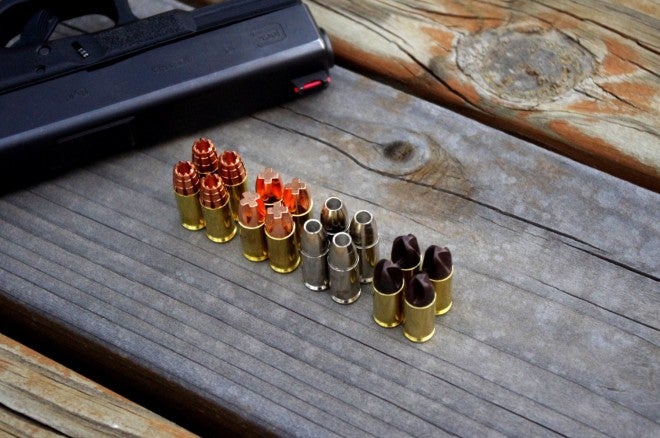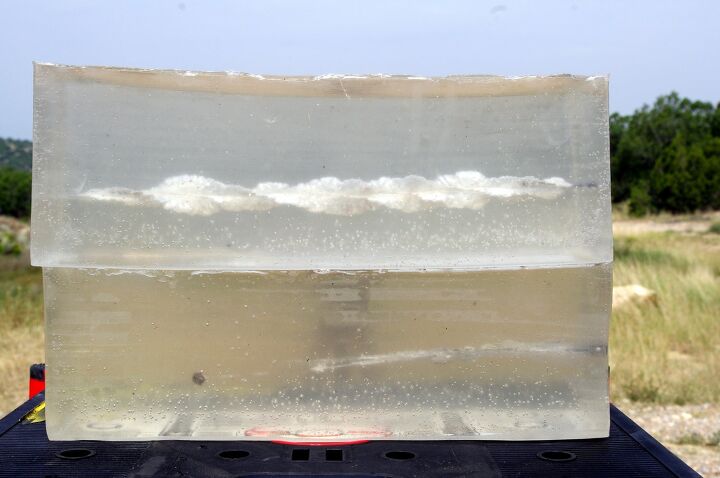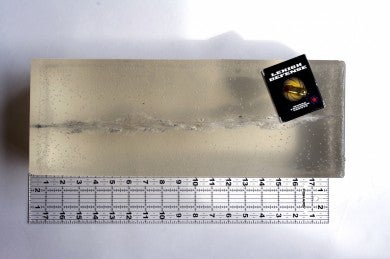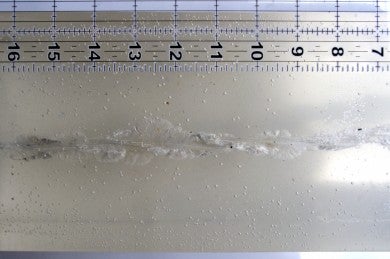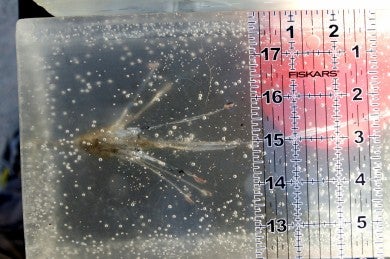Background
This is a six part series of which this is PART 3. (you can find links to the rest of the parts at the end of this article).
Thomas Gomez and I were approached about doing a test shoot of four different defense rounds:
- 9 millimeter Radically Invasive Projectile, R.I.P from G2 Research.
- 9 millimeter Xtreme Penetrator from Lehigh Defense.
- 9 millimeter Inceptor ARX from Polycase
- 9 millimeter Civil Defense from Liberty Ammunition.
The company that made the request, strangely, was not a manufacturer–it was Clark Armory. They were interested in having TFB perform an independent review (though pseudo-scientific as we will explain later) of some of the defense rounds that they sell. Of course we accepted.
Disclosure: They did not pay for this review though they did send us two boxes of each of the four rounds, two ballistic gels from Clear Ballistics (and the necessary stuff to reset the gels for reuse). All of the other materials we provided along with nine range trips, and the countless hours Thomas Gomez spent melting and resetting the gels.
Session 3, Lehigh Defense and Inceptor, Heavy Clothing
After seeing how the rounds initially did in our baselines, we decided to reorganize how we were going to stage the tests. We decided to pair the Lehigh Defense (a.k.a. “Vampire Killers”) and Inceptors together and pair the R.I.P. and Liberty together. Basically we wanted to pair the “penetrators” and the “wreck the tissue right here” (WTTRH) rounds together. We also organized this way because the WTTRH rounds were more likely to pick up debris and contaminate the gel (which was a huge P.I.T.A. to clean out).
Observations
When shot through heavy clothing the Lehigh Defense Xtreme Penetrator penetrated through all 16 inches of gel. Starting at the 2 inch mark and ending at the 15 inch mark, the Lehigh round cut a permanent wound channel that measured roughly 1.5 inches across at the 6.5 inch mark. Lehigh states that radial fluting design causes a larger permanent wound cavity by “transferring hydraulic energy inward”. This permanent wound cavity was not noticed on the the bare gel test. I wonder if there is a “sweet spot” in regards to velocity, and bullet stability. At this time we have no explanation why a permanent wound cavity was observed during the heavy clothing tests and not the bare gel test.
When shot through heavy clothing, the Polycase Inceptor broke into two pieces. The heavy front end penetrated 11.8 inches while the disk shaped read part penetrated all 16 inches of the ballistic gel. The round broke apart at the 6 inch mark. Since the rear part of the bullet penetrated all 16 inches this round would pass the FBI ballistic test.
Session 4, R.I.P. and Liberty, Heavy Clothing
We were definitely interested to see what would happen when the G2 hit clothing. This is probably the most common defensive shooting scenario where a round will be placed on an attacker.
Observations
When shot through heavy clothing, the R.I.P round from G2 research, penetrated 1.7 inches before the trocars split from the main body. The main body of the round penetrated 14.8 inches, while the trocars penetrated 5.6 to 6 inches. One thing to note on the G2 Research R.I.P round is that the bullet still has a lot of mass after it sheds its trocars. The trocars spread out about 2.5 – 3 inches from the main wound channel. The G2 round, when shot through heavy clothing would pass the FBI test.
When shot through heavy clothing, the Civil Defense round from Liberty Ammunition, started to fragment at 1.5 inches. The main round, after shedding its hollow jacket penetrated 12 inches. The jacket split into 8 symmetrical pieces with the furthest penetrating 5 inches. The spread from the jackets was on average 1.5 inches from the main wound cavity. During this test, the civil defense round passed the FBI test.
Articles in Series
Note: The below links are not immediately live. Each part will be released a day apart (by Dec 7th all should be available).
Introduction
Session 1 – Bare Gel
Session 2 – Heavy Clothing
Session 3 – Automotive Glass
Session 4 – Drywall
Observations and Conclusion
 Your Privacy Choices
Your Privacy Choices
